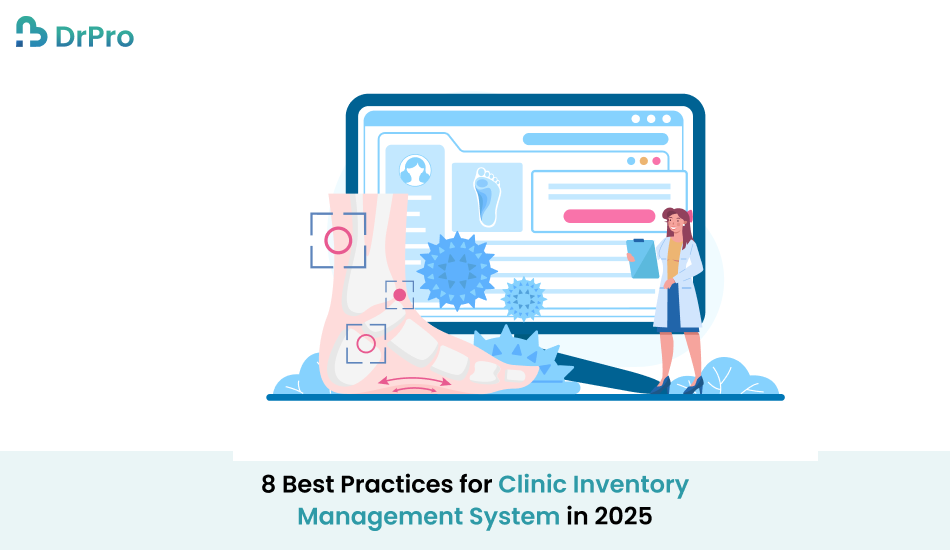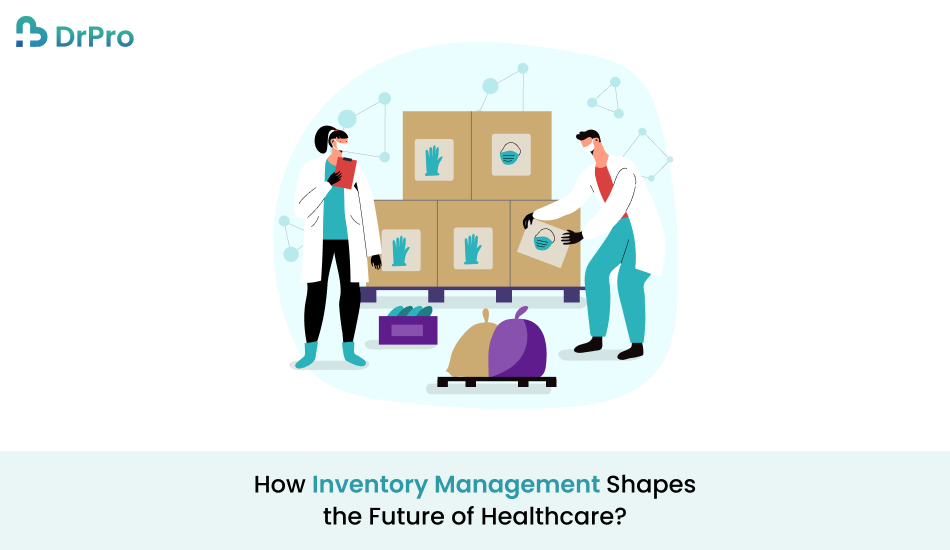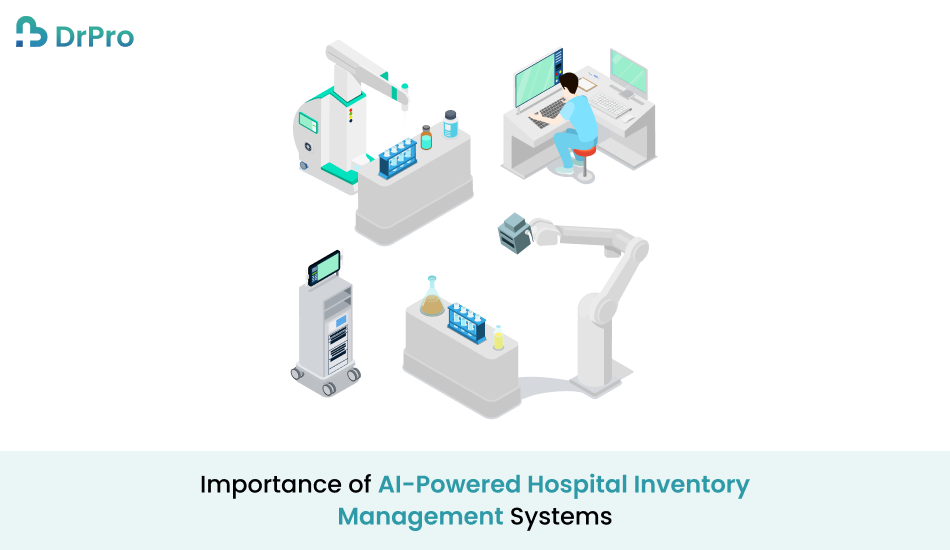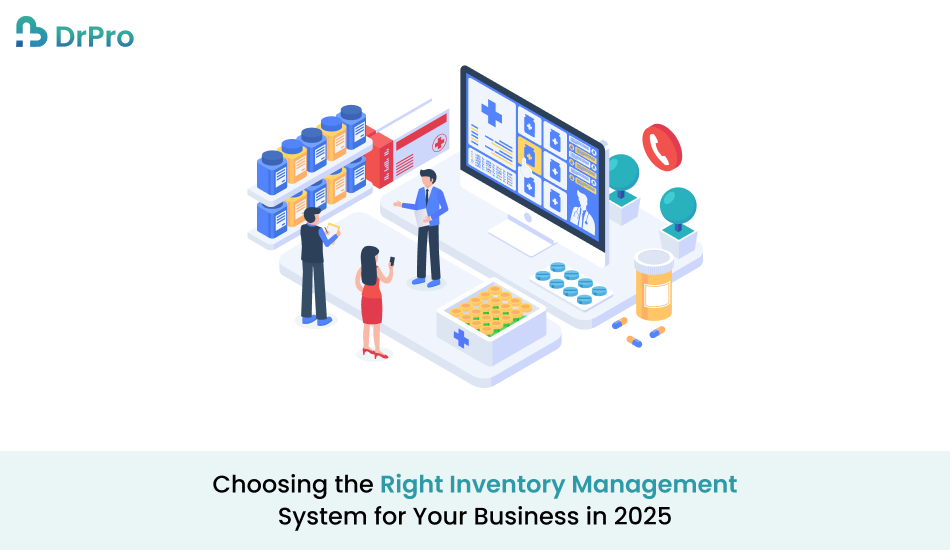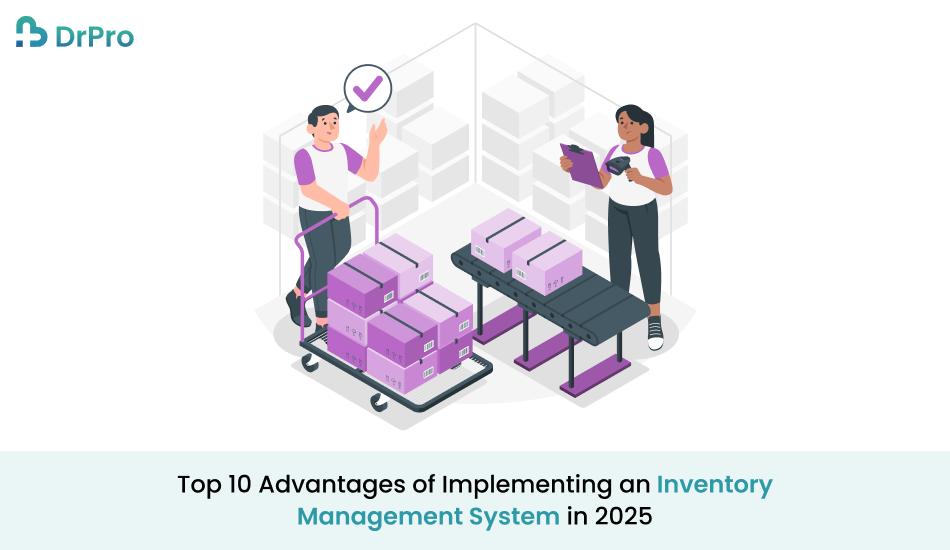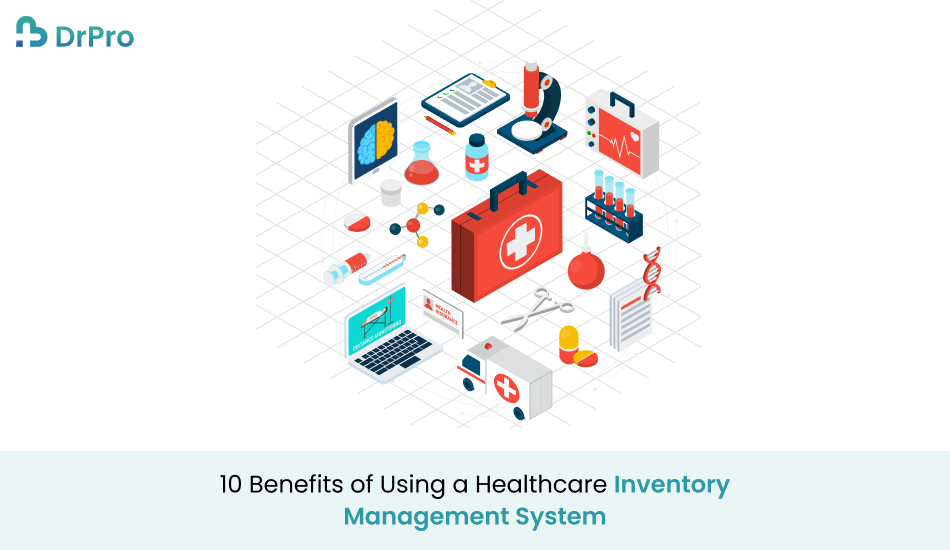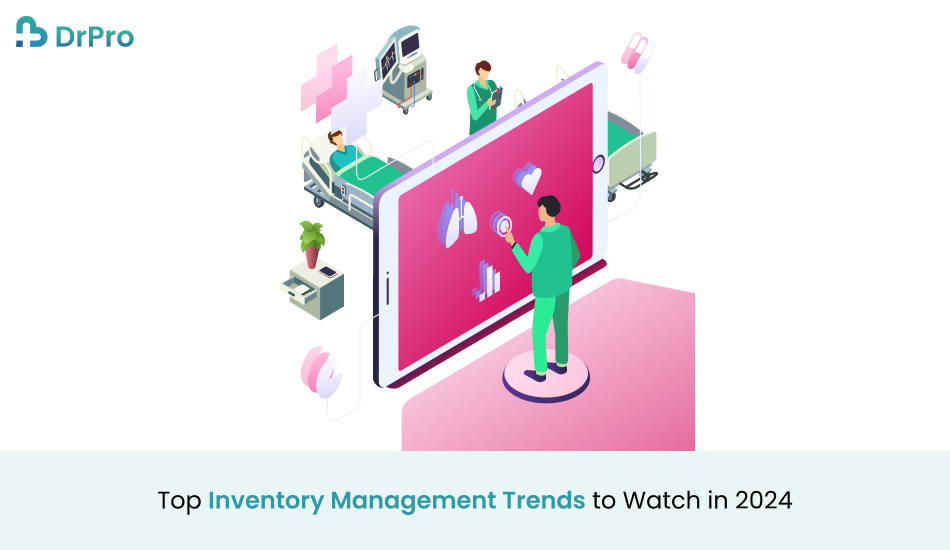8 Best Practices for Clinic Inventory Management System in 2025
This paper finds that Clinic Inventory Management is crucial for clinics so that everyday operations and patient care are not interrupted. That is why an efficient inventory system helps avoid waste and stockouts and adjust unnecessary expenses. In 2025, innovation in many technologies and new techniques will help clinics in inventory management. In this paper, eight strategies explain how clinics can make their Clinic Inventory Management system more effective. 1. Understanding the Importance of Inventory Management In the following examples, let’s discuss in detail why Clinic Inventory Management is important. Inventory control therefore concerns the monitoring of supplies medications and equipment required in running clinic activities. Effective inventory control minimizes instances whereby stocks of some products are depleted thus resulting in interruption of patients’ care. Inadequate inventory selecting systems increase risks of over-ordering, ordering or the stock proves obsolete, the hospital loses money and the patient’s quality of care is affected. Clinics need to ensure there is enough stock with them while at the same time not ordering too much that puts a strain on the clinics. It increases effectiveness in operations and makes certain that resources are employed optimally. For instance, inventory is a way to help clinics control their supplies and order them back when necessary. This cuts out occurrences of emergent situations, that vital goods lack if needed at certain times. 2. Embrace Automation and AI There are many ways through technology enhancement Clinic Inventory Management System in clinics has changed a lot. Automation helps minimize counting and updates of records of stocks and artificial intelligence provides the models for better forecasts. Automation Benefits: Inventory tracking systems with fully automated means of tracking completely do away with common errors. Audible signals remind the employees that the stocks are low and therefore need to be restocked quickly. AI Applications: These software programs involve data on past usage to predict future usage. At the clinic level, the results of the predictive analytics assist clinics in avoiding excess working capital inventory and stock-out situations. AI also helps to recognize patterns, for example, daily or weekly usage of medications, and, potentially, their seasonal usage. When used effectively, this technology will help clinics make the right procurement decisions and therefore do away with wasteful expenditure. 3. Real-Time Inventory Tracking Online tracking of inventories is important for clinics who want to achieve accurate record keeping of their stocks. This also makes the task of management much more streamlined, as clinics always know what stock is in supply, while eliminating situations where supply may be out, yet the clinic has plenty that could lead to stockouts, or conversely where supplies can pile up and block the clinic’s work if the clinic has too much stock. While real-time tracking, technologies such as barcode scanning and RFID are common. These tools enable the clinics to record new inventory, discharge, or renewal, without manually having to do it time after time. Benefits of Real-Time Tracking: Real-time coverage of inventory status. Incorrect data entry as a result of manually keying in numerical will be minimized. Reduced loss through improved control of traded stocks. For instance, a barcode scanning system will simultaneously enhance the exacting stock control since it will alert the system as soon as a medicinal product is dispensed or taken in. This practice ensures that the inventory stays ‘real-time’ always, and does not have to be updated manually. 4. Regular Audits and Stock Reconciliation Another common practice that has to be controlled to be accurate is inventory audits, which, in turn, should be, conducted regularly. They require a physical count of the stock on hand and then a comparison with the records on the stock. It assists in finding out the differences that exist and tying the loose ends to meet organizational goals. Stock reconciliation deals with the physical value of the record-keeping of stock. This is why clinics should make audits mandatory, for example, at the weekly, monthly, or other periods. Steps for Effective Audits: The inspection should be time-based, but more frequent inspections should be based on the frequency of stock turnover. Staff should be given to double-check stock levels or maybe record any differences. Find out reasons why they happen and reconcile records if necessary. The same also assists clinics in identifying slow-moving or expired items within their stores so that they can make the necessary adjustments promptly. 5. Integration with Other Systems Most clinics have other software that they use for different aspects and activities in the clinic, and integrating the Clinic Inventory Management system in 2025 within clinic software makes it easier and more efficient in its working. Clinics can benefit from linking inventory systems with EMR, billing, and appointment scheduling software and eliminate inconsistent or multiple systems. Benefits of Integration: Automatic stocking when the commodity has been used on the patient. Easy-to-bill systems are realized because Clinic Inventory Management forms an integral component of patient records. Being able to get data and information all in one place to enhance decision-making was also an advantage. For example, if a doctor is prescribing a certain medication, the EMR system will easily subtract the same from the stock. It also prevents manual synchronization, thereby providing accurate tracking for integrated records. 6. Vendor Management and Procurement Planning The supply management chains depend on friendly and dependable suppliers to avoid disruptions in supplies. Clinics should engage appropriate vendors negotiate better deals and guarantee that their deliveries are on time. Vendor Management Strategies: It is important to also have a list of preferred vendors for major supplies these should be ongoing. This will involve daily communication concerning the number of stocks you need and how soon you need them. Keep track of the performance of the vendors to avoid failure and unsatisfactory quality delivery. Procurement planning is equally essential. Officials in clinics should study patterns of use so that they can identify proper reordering points for many different supplies. They say that clinics should order supplies in advance to avoid mid-conversation or mid-process shortages and
8 Best Practices for Clinic Inventory Management System in 2025 Read More »


